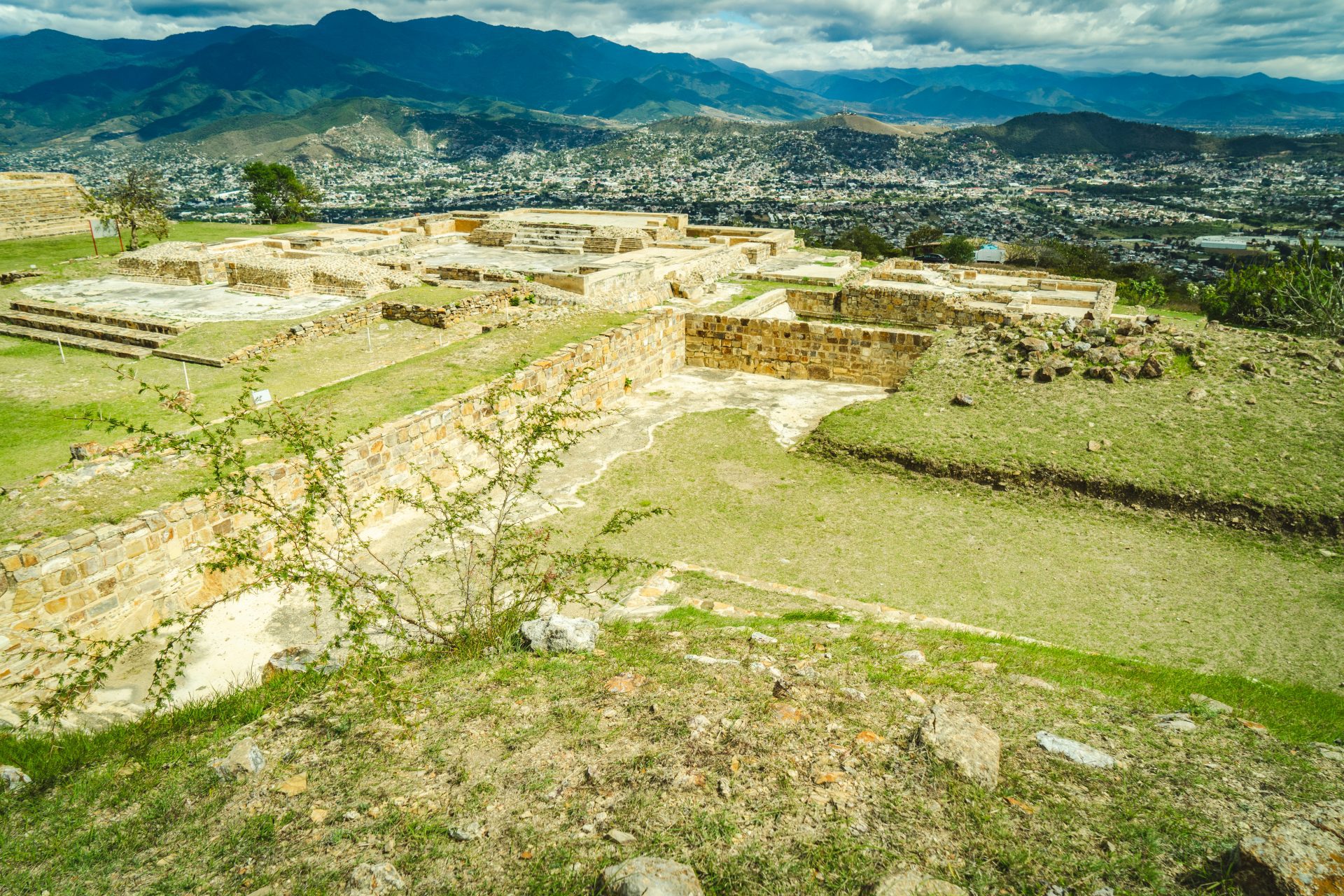The Instituto Nacional de Antropología e Historia (INAH) has announced the iconographic interpretation of the great frieze found in the Archaeological Zone of Atzompa.
Atzompa was founded between AD 650 and 850 in the Late Classic period as a satellite city to Monte Albán, as a result of the Zapotec expansion in the present-day Mexican state of Oaxaca.
Atzompa was established on a hill for strategic reasons, overlooking the fertile Valley of Etla below, partly as a bulwark against the neighbouring Mixtec. There is also evidence that the town served as the last way station for quarried stone making its way to the construction of the last buildings in the city of Monte Albán.
The frieze was first discovered in 2018 by members of the Monumental Joint Archaeological Project of Atzompa, where they found the 15-metre-long monument that contains a series of characteristic glyphs of the Zapotec and Mixtec iconography.

Robles García said: “The glyphs are allusions to power in the city, to supernatural protection and to a time without time. Due to the location, we know that it is a message or discourse of power, associated with the use-function of the space of this residence, a message that could be seen when walking along the street that defines the road between the main Ballcourt of the site and the Ceremonial Plaza A.”
Associated with the frieze is also a series of fragments of iconic images from the Zapotec world, depicting figurines of monkeys and jaguars, and the representation of the quincunx (a symbol that alludes to the four directions and to the centre of the universe.
The INAH Oaxaca Centre indicated that the frieze was partially destroyed by the Zapotecs who constructed a series of rooms on top and placed offerings consisting of large-format vessels and fragments of urns with the possible intention of demystifying the space.
Header Image Credit : aindigo – Shutterstock





